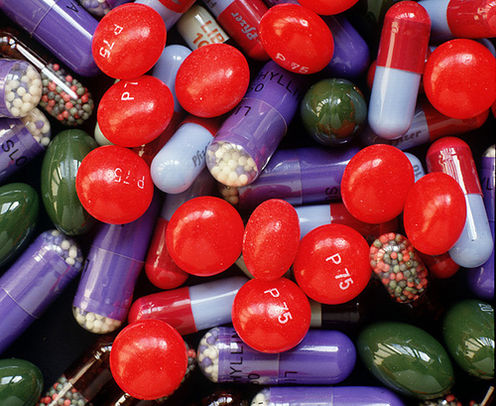
Decisions about public subsidies for high-cost drugs are naturally quite complex. And while patients have increasingly been given a voice in the process, the views of the wider community have generally not been sought. But given the rising cost of new drugs, perhaps it’s time to widen the discussion and start a debate about equity and the affordability of medicines.
A recent parliamentary analysis of pharmaceutical spending in Australia shows high-cost drugs account for 20% of the total budget, costing around A$2 billion in the 2013/2014 financial year. This proportion is likely to grow, given more drugs are being introduced into the market all the time. And many new drugs are much more expensive than older ones.
In Australia, the Pharmaceutical Benefits Advisory Committee (PBAC) has the unenviable task of deciding which drugs should be added to the Pharmaceutical Benefits Scheme (PBS) and receive government subsidies. It does this by assessing the effectiveness and cost of the new drug against current treatments.
In the past few years, the PBAC has recommended subsidising the high-cost drug ipilimumab, which is used for advanced melanoma (patients were paying around A$120,000 for a course of treatment prior to PBS listing) and ivacaftor for cystic fibrosis (estimated at around A$250,000 prior to listing). But other high-cost drugs are delayed or rejected, such as sofosbuvir for chronic hepatitis C, which costs around A$90,000 for a course of treatment.
Few would argue against people getting timely access to beneficial treatments. But that means we all – as individuals and as a society – have to bear the costs. And that means we should talk about how much we are willing to pay for access to high-cost drugs, and what we may have to forgo in return.
Community views and preferences
The PBAC considers the views of patients, consumer advocacy groups and the wider public for all drugs seeking subsidy. It does this through representation on the committee itself, by soliciting patient stories and experiences and by opening its agenda to public comments about the effectiveness of treatments. Such comments are presented alongside the clinical and economic evidence for the drug.
The PBAC also has the remit to hold extra stakeholder meetings when a new drug treats a serious condition for which there are no other treatment options, but has insufficient clinical evidence of effectiveness. Or when the proposed price of the drug is too high for the PBAC to recommend government subsidy.
Those involved in these latter processes include drug companies, consumer advocacy groups and clinicians – people who have a personal or financial “stake” in the decision. Members of the public are not seen as stakeholders because the focus is on individual access and choice, rather than the wider community perspectives on affordability and equity.

The move towards patient-centred care in health over the last decade means ideas of “patient choice” have increasing prominence. Pharmaceutical companies have responded by providing patient advocacy training and funding lobby groups to push the agenda of choice and timely access, which ultimately benefits them.
But choice is predicated on having access to either personal resources or a publicly subsidised health system operating with few budgetary constraints. Little choice is available to those in developed countries, for instance, where specialist drugs are often out of the reach of both individuals and governments.
Only recently has the conversation about access to new drugs been moving to questioning why many are so expensive. And to acknowledging the need for a community debate about affordability as well.
Involving the public
Some countries with fixed health budgets already have these debates. New Zealand, for instance, has a formalised prioritisation system consisting of nine criteria for drugs to be funded, which were recently reviewed with public consultation. This means the decision-making process now takes into account both the needs of patients and the wider tax-paying public.
In the United Kingdom, the National Institute of Clinical and Health Excellence (NICE), has a panel of citizens to provide input into decisions on new drugs. Known as the Citizens Council, the panel was established to provide a public perspective on values that should drive decisions. NICE is moving to a values-based assessment process to more formally take wider social values into account.
Australia should adopt a similar approach to supporting decision-making on high-cost drugs. One possible model is adopting a citizen’s jury for discussing resource allocation, as suggested by the National Health and Hospital Reform Commission. This entails having a representative sample of the public debate and discuss the issue, and provide advice about what values should be considered in deciding to subsidise a new medicine.
A mechanism like this is one of the ways to determine what trade-offs the community is willing to accept for expensive new drugs. The good news is that a recently announced parliamentary inquiry into the availability of new, innovative and specialist cancer drugs in Australia will examine some of these trade-offs. But it’s not enough to have a one-off process like this.
It would be more useful to establish formal mechanisms for facilitating dialogues on these difficult decisions so public values are understood and reflected in policy decisions on whether we should subsidise expensive new medicines.
Sally Wortley receives a APA Scholarship and was awarded a ARCS Research Scholarship. She has also been a previous evaluator of applications to the Medical Services Advisory Committee.
Deme Karikios receives an NHMRC Postgraduate Scholarship and a Sydney Catalyst Top Up Award.
